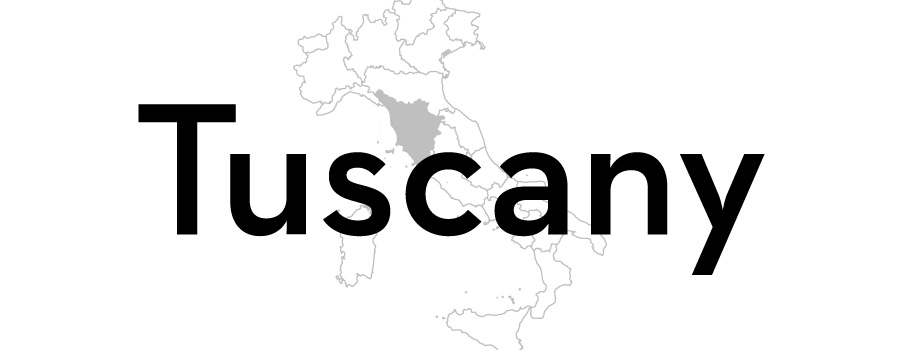Pappardelle with Tuscan beans, wine reduction and steak extract
Item 1 of 1
- medium
- 5
- 1 hour 30 minutes
This beautiful pappardelle recipe from Marco Stabile pits pasta dusted with cavolo nero powder against creamy Tuscan beans and red wine reduction. He cooks the pasta in a flavourful 'steak extract', giving it a wonderfully beefy flavour. The steak extract takes a while to make, so if short on time, reduce 200ml of red wine by two thirds and stir in 500ml of beef stock. Adjust with seasoning and use to cook the pasta.
First published in 2015
Ingredients
Metric
Imperial
Steak extract
- 1 beef bone, from a steak, plus various beef trimmings
- 1 carrot, cut into large pieces
- 1 stick of celery, cut into large pieces
- 1 onion, preferably from Certaldo, cut into large pieces
- 3 sprigs of thyme
- 1 veal shank, blanched in boiling water
- extra virgin olive oil, from Tuscany
- 100g of tomato paste
- 750ml of red wine
Cabbage powder
- 1 cavolo nero
Tuscan beans
- 100g of white beans
- 1 garlic clove
- 2 sage leaves
- extra virgin olive oil, from Tuscany if available
Wine reduction
- 350ml of red wine, from Tuscany
- 25g of honey
- 1 clove
Garnish
- 2 slices of bread, Italian-style and preferably a few days old
- 2 sprigs of thyme
- 1/2 onion, diced
- olive oil, for frying
SAVE RECIPE
Equipment
- Blender
- Muslin cloth
- Pasta machine
- Dehydrator
Method
1
For the steak extract, roast the steak bone and the beef trimmings over glowing embers (preferably using olive wood). Place the vegetables in a casserole, sauté in olive oil and add the tomato paste. Add the herbs, bones and the blanched shank. Add enough water to cover and simmer for at least a day
- 1 beef bone, from a steak, plus various beef cuts
- 1 carrot, cut into large pieces
- 1 stick of celery, cut into large pieces
- 1 onion, preferably from Certaldo, cut into large pieces
- 3 sprigs of thyme
- 1 veal shank, blanched in boiling water
- extra virgin olive oil, from Tuscany
- 100g of tomato paste
2
Start the cavolo nero powder on the same day as the steak extract. Blanch the cavolo nero in boiling salted water for 3 minutes then place in iced water. Drain well then transfer to a dehydrator overnight
- 1 cavolo nero
3
Once completely dry, blitz in a blender until it becomes a powder
4
When ready, pass the beef stock through a fine mesh sieve or muslin. Reduce the wine to a third of its original volume, add to the beef stock and season to taste with salt
- 750ml of red wine
6
When rested, roll the dough through a pasta machine until 1/2mm thick, then cut into wide strips. Sprinkle with the dehydrated cabbage powder and allow to dry outside
7
To prepare the beans, sauté the garlic and sage in a pan with extra virgin olive oil. Remove the garlic and sage and add the beans with their water. Cook well, then blend until smooth and add more olive oil
- 1 garlic clove
- 2 sage leaves
- extra virgin olive oil, from Tuscany if available
- 100g of white beans
8
For the wine reduction, simmer all of the ingredients in a small saucepan until a thick syrup in obtained
9
Coarsely grate the stale bread and then sauté with olive oil, thyme and onion in a frying pan until golden brown
- 2 slices of bread, Italian-style and preferably a few days old
- olive oil, for frying
- 2 sprigs of thyme
- 1/2 onion, diced
10
To serve, cook the pasta in salted boiling water until al dente. Drain, then finish cooking in a saucepan with a few ladlefuls of the steak extract. Add a drizzle of olive oil to finish
11
Add a swipe of red wine reduction and place a circle of the bean purée on top. Add a mound of pappardelle and sprinkle over the crispy breadcrumbs
Get in touch
Please sign in or register to send a comment to Great British Chefs.




